Amazon’s sudden retreat from Google Shopping created a temporary supply shock in ad auctions. The key question: did this repricing improve retailer profitability, or did it mostly inflate low-quality traffic?

How Amazon’s exit from Google Ads repriced Shopping CPCs and compressed ROAS
Thesis: Lower CPCs and higher click volume following Amazon’s exit did not consistently translate into profitable growth. Demand shifted toward lower-intent, Amazon-seeking users, reducing conversion rate and order value for many categories.
Key Takeaways
The headline numbers looked good - cheaper clicks and more traffic - but the profit signal weakened. Here is what matters for marketers.
- Cheaper clicks, lower value: CPC fell 8.3% and clicks rose 7.8%, yet conversion value fell 5.5% and ROAS dropped 4.4%. Expect more volume but softer buyer intent - plan for CR and AOV headwinds [S1][S2].
- Category split: Electronics benefited (conversions +81%, ROAS +7%), while Home & Garden, Sporting Goods, and most others saw the “volume trap” (more clicks, lower value). Use category-level guardrails, not blanket budget increases [S1][S2].
- Bidding needs value precision: If value signals do not reflect margin, new customer value, or price competitiveness, Smart Bidding will over-expand into low-value queries. Tighten value inputs or expect ROAS drag.
- Differentiate beyond price: Where you cannot match Amazon on price or shipping, emphasize trust drivers (returns, warranty, local service) within Shopping surfaces. Without a clear edge, extra traffic dilutes profitability.
- Prepare for re-entry risk: If Amazon returns for Q4, CPCs can snap back quickly. Build budget scenarios and automated guardrails now to prevent margin shocks (speculation).
Situation Snapshot
Optmyzr analyzed matched weeks around Amazon’s exit from Google Shopping (July 23-29, 2025 vs. July 16-22, 2025), excluding Prime Day effects to isolate the shift. Full study here.
- Facts: Amazon left Google Shopping on July 23, 2025; Shopping impressions +5%, clicks +7.8%, cost -1%, CPC -8.3%; conversion value -5.5%, conversion rate -7.2%, ROAS -4.4% [S1][S2].
- Category outcomes: Electronics outperformed (clicks +11.5%, conversions +81.3%, value +10.9%, ROAS +7.1%); Home & Garden traffic +13.1% but value -7.5%, ROAS -7.7%; others saw varying versions of “volume up, value down” [S2].
- Quote: The “volume trap” describes incremental clicks that do not convert profitably due to Amazon-level expectations on price and shipping [S1].
Breakdown & Mechanics
What changed and why it produced “more volume, less value.”
- Auction dynamics: Fewer high-Ad Rank competitors - lower threshold prices - CPC down - impression share redistributes - clicks rise. Diagram: Amazon exit → Ad Rank thresholds drop → CPC ↓ → Clicks ↑ → Query mix widens → Lower intent share ↑ → CR and AOV ↓ → ROAS ↓ [S3].
- Intent substitution: A share of users still intend to buy on Amazon. With Amazon missing from Shopping, they click alternatives, then bounce or purchase lower-priced items. This drags both CR (-7.2%) and AOV (-5.5%) [S1][S2].
- Automation behavior: With CPCs cheaper, tROAS/tCPA systems expand to incremental queries and audiences. If value signals do not reflect margin or new-customer premiums, algorithms chase volume that looks efficient on CPC but erodes ROAS.
- Illustrative math (assumptions mirror study deltas): Pre-exit: 10,000 clicks at $1.00 CPC = $10,000 cost; 3.0% CR = 300 orders; $100 AOV → $30,000 revenue; ROAS = 3.0. Post-exit: clicks +7.8% → 10,780; CPC -8.3% → $0.917; cost ≈ $9,887 (-1%); CR -7.2% → 2.79% ≈ 300 orders (flat); AOV -5.5% → $94.50; revenue ≈ $28,350; ROAS ≈ 2.87 (-4.4%). Net: more traffic, same orders, smaller baskets, lower ROAS.
- Precedent: Similar effects appear when a dominant aggregator pauses spend - CPCs fall initially, but lower-intent traffic fills the gap, compressing CR until bidding and merchandising adjust.
Impact Assessment
Expect short-term CPC relief with mixed downstream economics. Use category-specific tactics and stronger value signals.
Paid Search (Shopping/PMAX)
- Effect: CPC ↓ ~5-12%; CR ↓ ~5-10%; AOV ↓ ~3-7%; ROAS ↓ ~3-8% (ranges inferred from Optmyzr’s aggregate results; individual performance will vary) [S2].
- Winners: Categories that can match fast shipping, competitive pricing, and brand trust (e.g., Electronics per study).
- Losers: Categories with fragmented brands, higher shipping friction, or weak price competitiveness.
- Actions:
- Tighten value fidelity: enable margin-based or price-tiered conversion values and value rules (e.g., add fixed new-customer value) so bidding favors profitable queries [S5].
- Guardrails: raise tROAS targets by 5-10% where order values slip; cap budgets on product groups with price gaps >10% vs. market using Merchant Center’s price competitiveness report [S6].
- Query hygiene: constrain low-value expansions (exclude unprofitable search themes; segment by item price bands to prevent cheap-SKU bias).
- Trust cues in ads: ensure shipping speed and free returns annotations are accurate to lift CR in Amazon-comparison mindsets [S4].
Organic/SEO
- Effect: Limited direct change; Shopping units reshuffled rather than organic listings. Indirectly, if paid feeds more top-of-funnel traffic, organic may see higher retargeting-assisted conversions.
- Actions: Track blended SERP share on product queries; align PDP content with price/availability consistency to reduce bounce-back to Amazon.
Creative/Feed Health
- Effect: Content quality and trust signals carry more weight when competing with Amazon expectations.
- Actions: Perfect GTINs, inventory freshness, pricing accuracy; add Merchant Promotions; surface warranty, local install/service, and post-purchase support in titles/descriptions where policy allows.
Operations/Finance/Measurement
- Effect: Margin pressure from lower AOV; risk of budgets drifting to low-value SKUs.
- Actions: Rebalance product group structure by price/margin tier; enforce minimum margin ROAS; verify conversion tracking and value accuracy (server-side and consented); segment and bid differently for new vs. returning customers [S5].
Scenarios & Probabilities
These are planning scenarios; timing is uncertain (speculation based on public commentary).
- Base (Likely): Amazon returns for Q4 peak weeks (Black Friday/Cyber Monday). CPCs reflate toward pre-exit baselines; Smart Bidding relearns tighter thresholds. Plan two budgets and raise tROAS floors in Q4 spike windows [S1].
- Upside (Possible): Amazon stays out through the year. CPC relief persists; categories with strong shipping/price keep gains. Scale cautiously with margin-weighted values to avoid creeping volume trap.
- Downside (Edge): Amazon re-enters aggressively in September. CPC overshoots prior baseline; impression share compresses quickly. Activate brand protection and pause marginal product groups until conversion value stabilizes.
Risks, Unknowns, Limitations
Short window, heterogeneous accounts, and external seasonality limit certainty.
- Data window: One-week comparison reduces noise from Prime Day but may not capture learning effects or competitor response curves [S2].
- Selection bias: Results reflect Optmyzr’s client mix; verticals with different price dynamics may deviate.
- External factors: Promotions, supply constraints, and macro demand could skew AOV/CR independently.
- Unknowns: Amazon’s rationale (incrementality test vs. inventory management) and timing of return remain speculative [S1].
- Falsifiers: If subsequent weeks show CR/AOV normalize while CPCs stay lower, the “volume trap” claim weakens; if Electronics gains reverse without Amazon’s return, the category thesis needs revision.
Sources
- [S1]: Search Engine Journal / Brooke Osmundson, 2025-08, analysis article, “Breaking Down Optmyzr’s Study on Amazon’s Exit from Google Ads.”
- [S2]: Optmyzr, 2025-08, blog post, “Amazon leaves Google Ads: the impact we measured” (here).
- [S3]: Google Ads Help, n.d., help article, “About the ad auction and how Ad Rank works.” Accessed 2025-08.
- [S4]: Google Merchant Center Help, n.d., help article, “Free and fast shipping annotations.” Accessed 2025-08.
- [S5]: Google Ads Help, n.d., help article, “Use conversion value rules and New Customer Acquisition goals.” Accessed 2025-08.
- [S6]: Google Merchant Center Help, n.d., help article, “Price competitiveness report.” Accessed 2025-08.

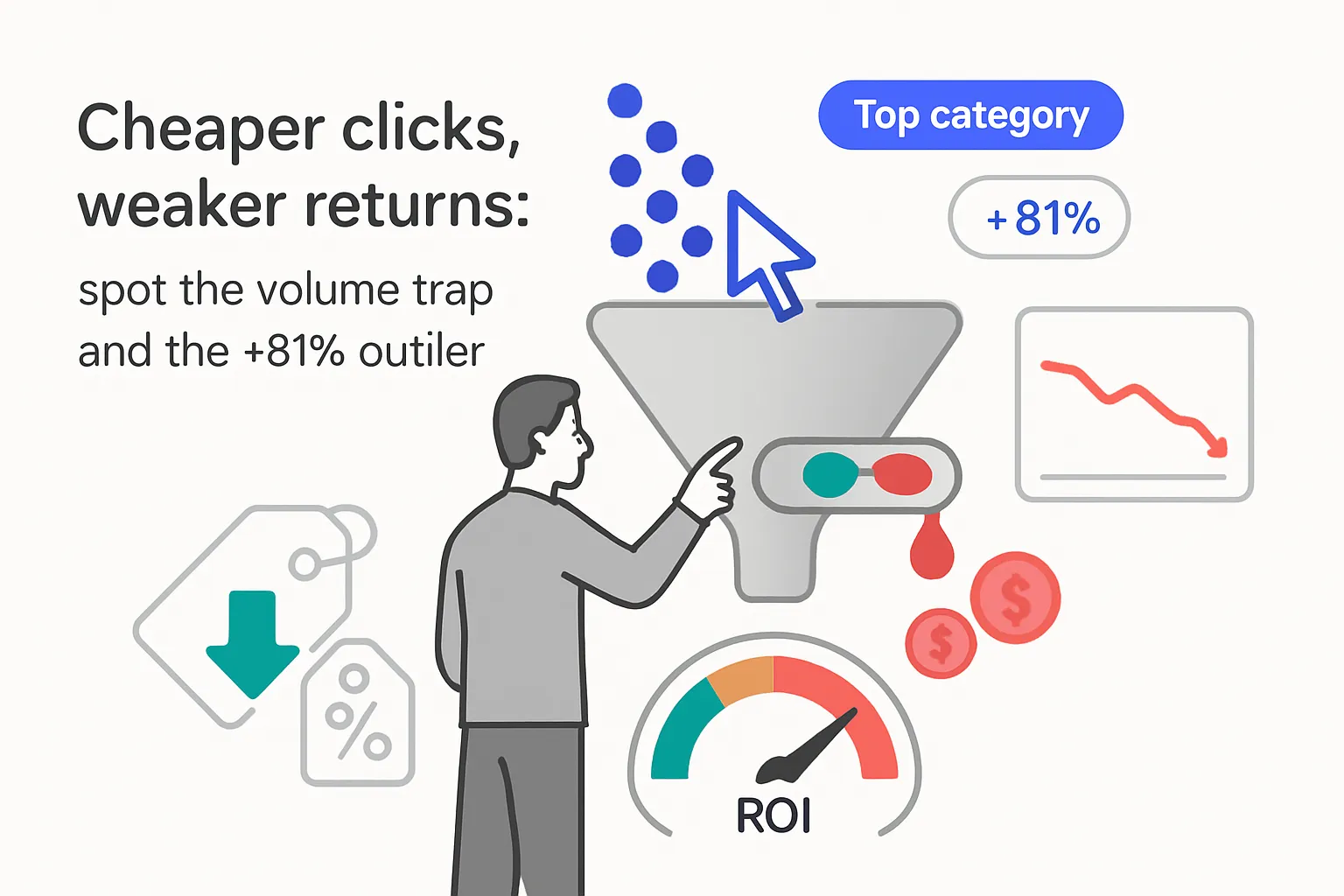
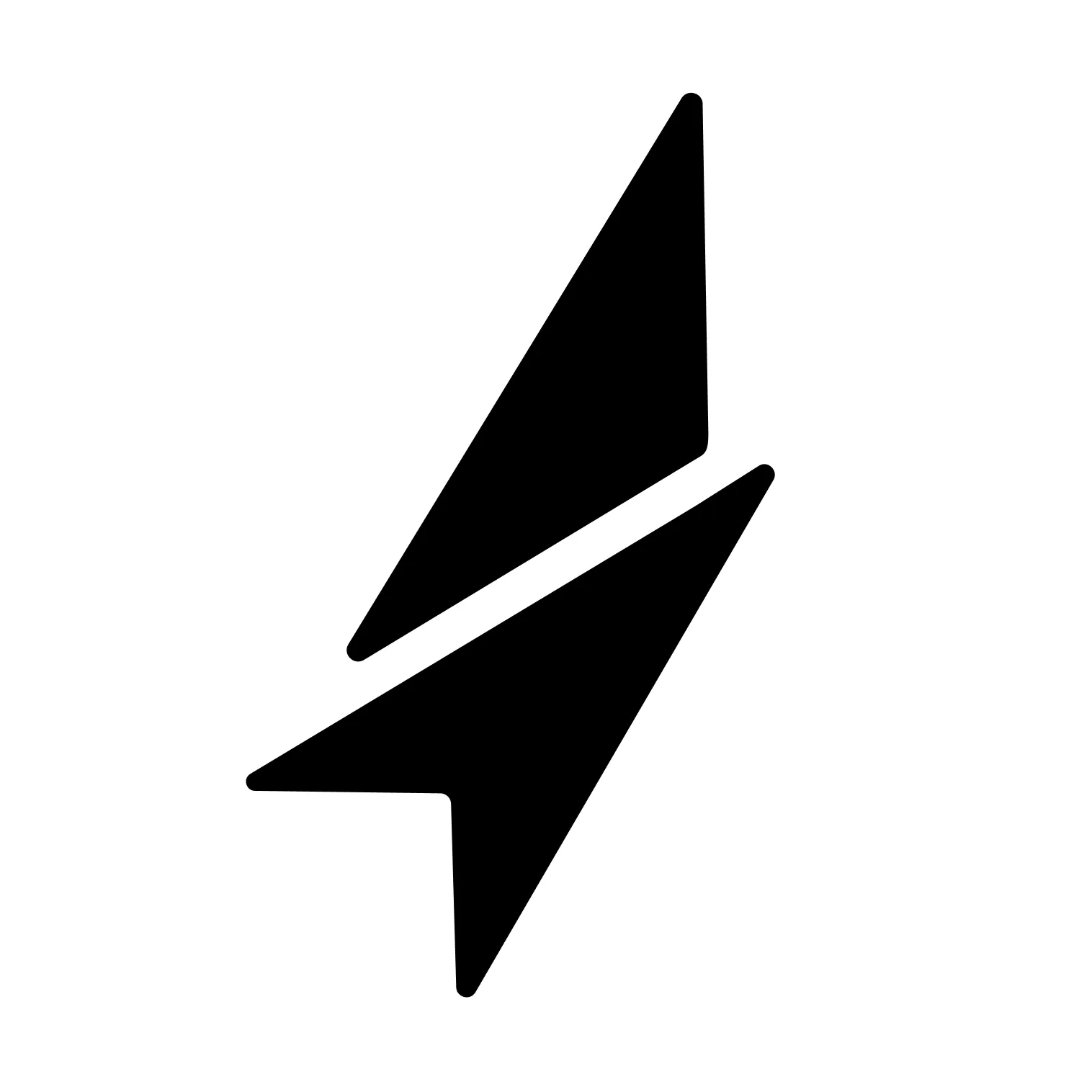

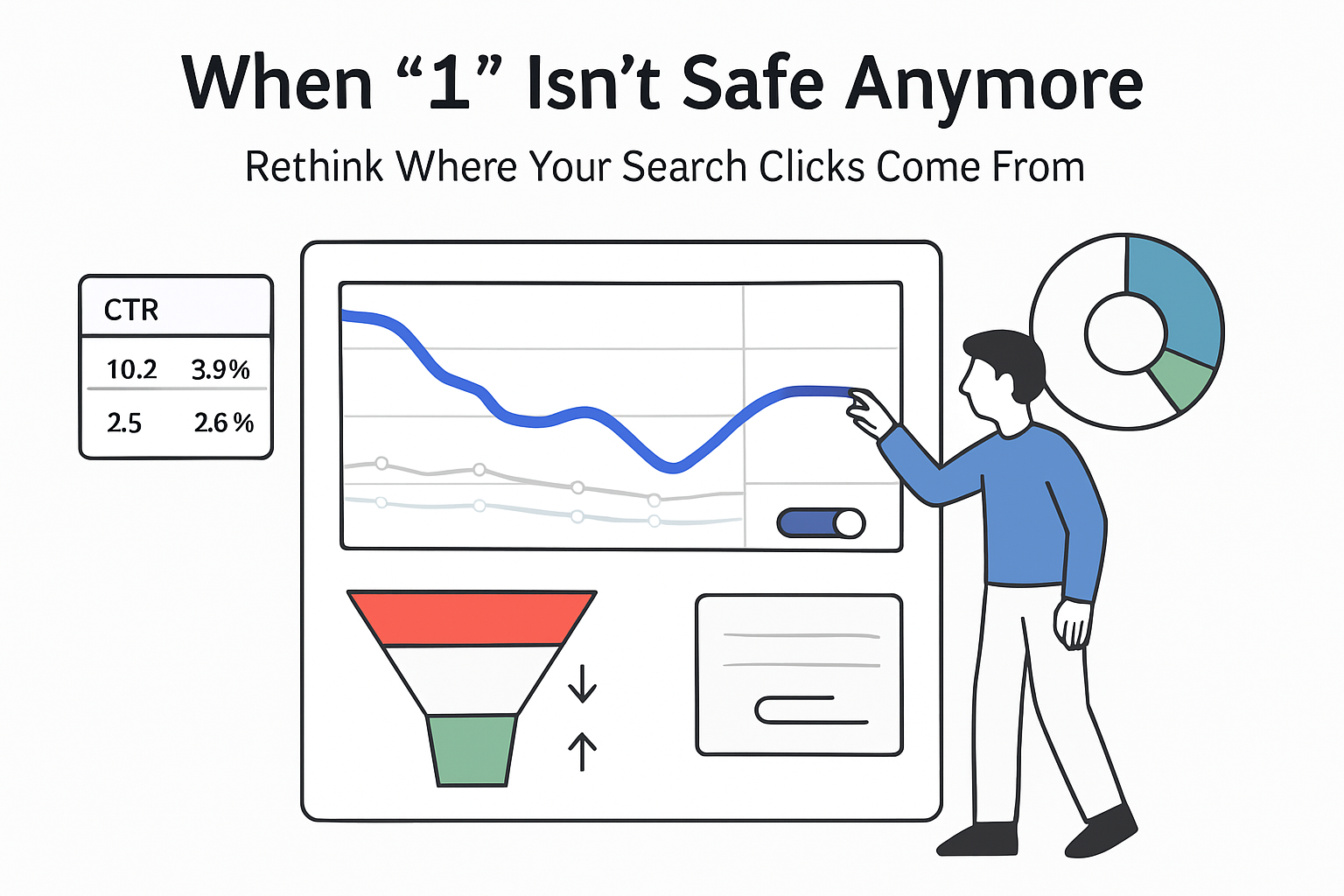
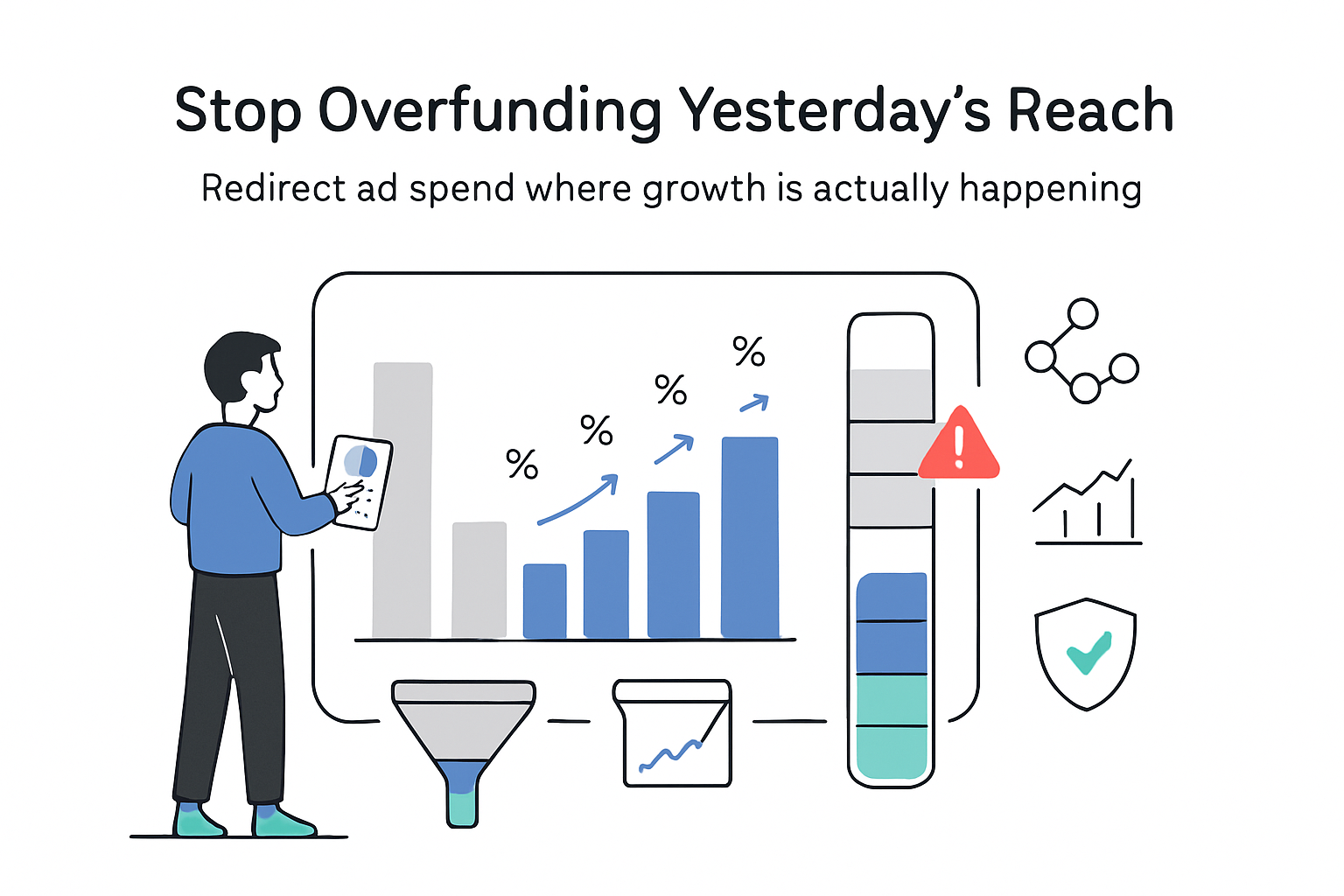
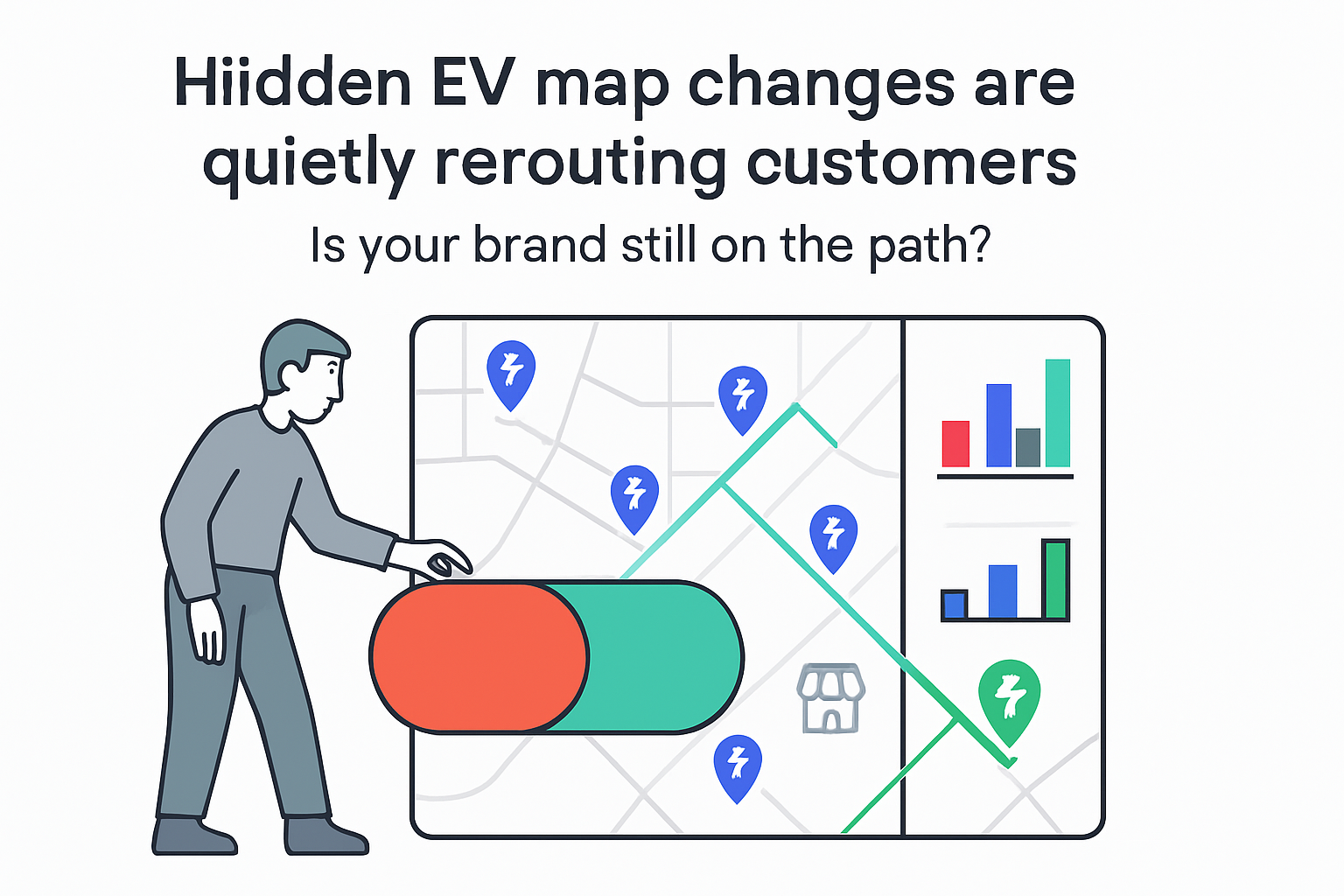

.svg)